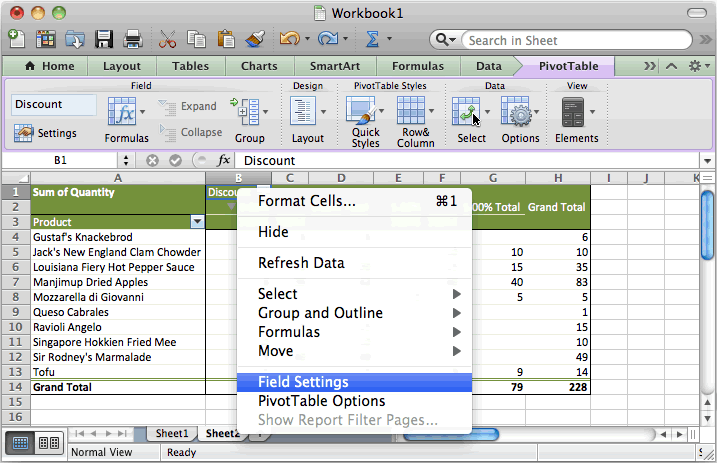Window 2011 For Mac Tables
Posted By admin On 25.01.19MAC Leading Lady Red Lipstick MAC Leading Lady Red Lipstick ($18.00 for 0.10 oz.) is described as a 'deep red.' It's a muted, medium-dark red with subtle. Hi, everyone! MAC is back with one of the most exciting releases of the year, the MAC x Charlotte Olympia Spring 2016 Collection, and this is one of the bigger MAC collections, too, with an emphasis on lips and accessories. For those not familiar with the designer, Olympia is a luxury shoe. Charlotte Olympia is known for its quirky-cute accessories (remember this awesome Halloween collection? ), so when MAC Cosmetics announced its collaboration with the designer, we started saving up.  MAC Charlotte Olympia. I know that the MAC Charlotte Olympia collection has been the most hotly anticipated of the year so far so I’m happy to have a few of the samples to show you. Announced today that Charlotte Olympia is the latest designer to join the beauty powerhouse's long history of collaborators. The British accessories brand known for its whimsical, charming.
MAC Charlotte Olympia. I know that the MAC Charlotte Olympia collection has been the most hotly anticipated of the year so far so I’m happy to have a few of the samples to show you. Announced today that Charlotte Olympia is the latest designer to join the beauty powerhouse's long history of collaborators. The British accessories brand known for its whimsical, charming.
Microsoft Office for Mac 2011 provides you with a familiar work environment, which is versatile and intuitive. The suite provides new and improved tools, which make it easy to create professional looking content.
Tables (previously known as lists) have similarly gotten a full makeover in Excel 2011. Creating tables is as simple as selecting your data and choosing a layout from the Ribbon (or from the menus). Word for Office 365 for Mac Word 2019 for Mac Word 2016 for Mac Word for Mac 2011 More. You can insert a table in Word for Mac by choosing from a selection of preformatted tables or by selecting the number of rows and columns that you want. AutoFit to window. Question: How do I create a pivot table in Microsoft Excel 2011 for Mac? Answer: In this example, the data for the pivot table resides on Sheet1. Highlight the cell where you'd like to see the pivot table. In this example, we've selected cell A1 on Sheet2. A Create PivotTable window should appear. If your looking for a list of MAC addresses available on the LAN I am not sure that you can do that with the built in tools of your OS. You could use a variety of sniffers or stumblers (Angry IP scanner, wireshark, ettercap etc) to get a lost and all of those are platform independent.
The Network Bridge functionality appears to be wholly implemented (at least in Windows 7) by the bridge.sys driver. Without access to the bridge.sys source code it's difficult to say anything with certainty, but some cursory sniffing around the binary doesn't show any exposed APIs that would be helpful in dumping the layer 2 adjacency table. (This ASCII text string embedded in the binary is a nice touch, though: Without specific written consent from Microsoft, it is illegal to reverse engineer, debug or change this binary.) I think you're out-of-luck, from a documented and supported command-line perspective. Mac os x custom search for selected text. Searching Microsoft's website for any command-line (or otherwise) tools that deal with the network bridge (aside from the ) isn't turning up anything for me.
It's interesting to note that are present in the Windows 7 bridge.sys driver. This tends to make me think that these registry settings would work (not that any of them are helpful to you). Dumping Windows kernel pool allocations is above my pay grade, but I suspect that if you were to figure out what the bridge.sys pool tag was (I suspect it's Brdg) and dump any pool allocations it makes you'd find the adjacency table in one of those allocations.

Making that into a useful tool is left as an exercise to the reader.
I've been unable to do this in (mac) excel 2011 but I just took a file created in 2011, turned on this option in 2016 (option does exist in mac office 2016) and then re-opened file in 2011. The setting stuck thru data refreshes and minor table changes such as adding additional fields in the 'Values' section. Other than that, though, I've got no idea how sticky the setting is.
Sadly just another example of how mac:office 2011 was not fully implemented.
While PowerPoint allows you to create tables in various ways -- from with a pre-decided number of rows and columns to something as intuitive as actually, most of the tables you create using either of these two methods will show borders between individual cells. These borders are great and they make the segregation between cells obvious. Yet, what if you don't want to see the border altogether? Let us first understand that not seeing the border is not the same as getting rid of the border altogether -- the latter happens when you, or even when you. However, what if you just want to cosmetically hinder the visibility of the border, as in a border that exists but is not visible. The Border options allow you to make some of table borders visible/invisible for the entire table, or for a bunch of contagious table cells that are selected.